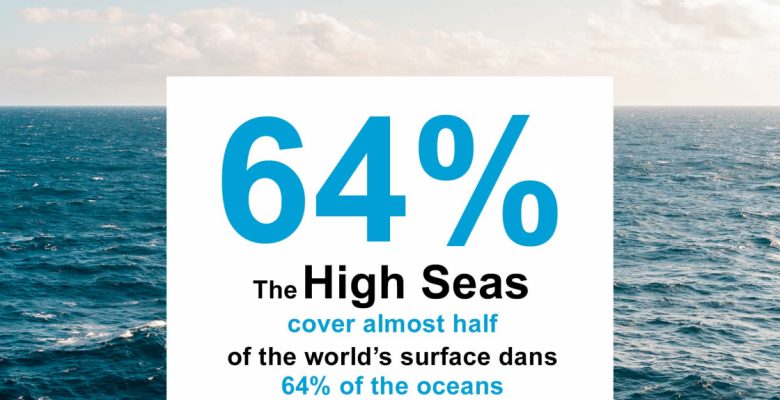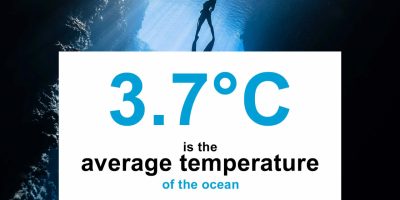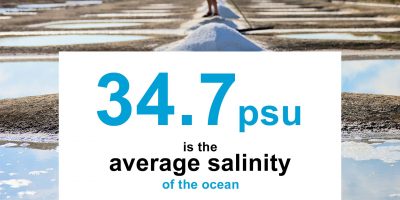The high seas cover almost half of the world’s surface and 64% of the oceans. Most of the world is not owned by any nation and this unowned area is mainly aquatic. It now requires a legal framework that allows for its sustainable management and development for decades to come.

Source : National Geographic
Delimited Areas Form the Coastline to the Open Sea
International waters generally begin 370km from the low water mark of a country’s coast, i.e. the limit reached by the sea at low tide.
Before reaching this limit is the “Exclusive Economic Zone” (EEZ) which, unlike the “territorial waters’ ‘ which extend only 22 km from the shore, are not owned by anyone and can be exploited by the owners of the related territorial waters. Given the presence of oil, gas and many other resources found in the seabed, these EEZs are valuable assets for the sustainable and rational management of these resources.

Source : SHOM
Existing but Uncomplete Regulations
In national waters, coastal and marine biodiversity is protected by numerous international agreements, including the United Nations Convention on the Law of the Sea or the Convention on Biological Biodiversity.
For the open ocean, pollution, overfishing and hydrocarbon exploitation are undermining these fragile ecosystems located beyond 200 nautical miles and national borders. This is why the deep sea was declared a “Common Heritage of Mankind” in 1994 by th eInternational Seabed Authority, created under the aegis of the United Nations Convention on the Law of the Sea. In this way, this declaration acknowledges the impossibility of appropriating its treasures.
However, in the absence of binding international regulations, controls are non-existent on the high seas, threatening the marine biodiversity of these areas, which are home to a very rich and as yet unknown aquatic fauna. In other words, beyond the EEZs of the States, a legal vacuum remains.

A New High Seas Control Grid
Numerous scientific studies have highlighted the richness but also the vulnerability of marine biodiversity in Areas Beyond National Jurisdiction (ABNJ): seamounts, hydrothermal vents or cold water coral reefs are particularly fragile. However, the high seas remain unregulated in terms of the exploitation of their resources. The absence of an international authority now leads each state to police the high seas under its own flag.
In this regard, and in order to cope with the ever-increasing anthropogenic pressures and the consequences of climate change, which continues to modify the properties of ocean waters and impact the ecosystems that live there, it is urgent to provide a regulatory framework for the rational and sustainable exploitation of the areas of the high seas, of which only 1% are currently protected.
This is what is at stake in the negotiations currently underway, which were officially launched in 2004 with the creation of an informal discussion group at the UN General Assembly to exchange views on the future of the high seas. These negotiations concern the development of an agreement specifically devoted to the ABNJ, which encompasses two aspects: on the one hand, the water column outside the EEZs, and on the other, the international seabed area, i.e. the soil and subsoil of the ocean after the continental shelves, which represent about half of the planet.

Discussions on this agreement focus on four issues in particular: marine genetic resources, in specific their use and benefit sharing; environmental impact assessment; capacity building and technology transfer; and marine protected areas.
Because beyond the issues of wealth sharing and resource exploitation, the environmental stakes are obviously enormous. The ocean is at the heart of the solutions to global warming, since it is both the regulator and the moderator. Scientists estimate that since the industrial era, the ocean has stored more than 25% of the CO2 emitted by our own human activities (link to carbon pump article) and that it has stored more than 90% of the excess heat. With the risk of deoxygenation of the water as climate change speeds up, the ocean is running out of steam.
A law is now urgently needed for the high seas. It must enable the implementation of binding measures on human activities in order to provide a control grid for the open ocean. This is why in France and on the initiative of many MPs, a motion for a resolution for the conservation and sustainable use of the ocean was unanimously adopted by the National Assembly on Thursday 25 November 2021. On the eve of the new negotiations opened at the UN on ABNJ, this text should be the first stone in a new construction for the conservation and sustainable use of the high seas.


